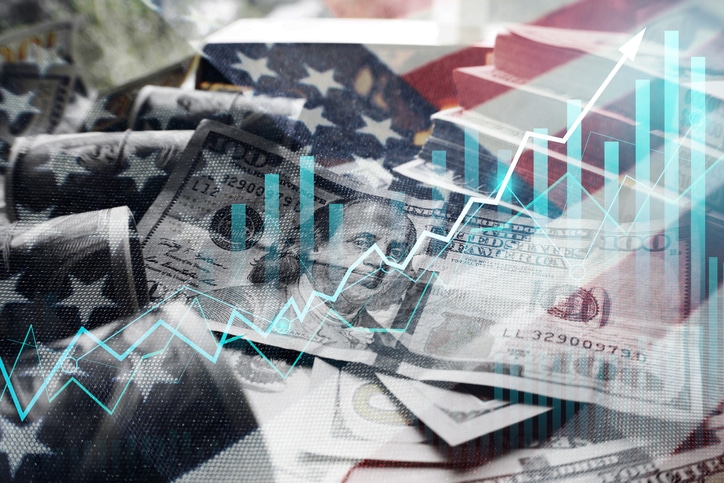Source: A Wealth of Common Sense —
This continues to be one of the more confusing economic environments in history.
Every other day the narrative switches between an imminent recession and a soft landing.
Neither outcome would surprise me at this point.
Some economic indicators are screaming slowdown while others are giving an all-clear. This state of limbo is making it difficult to know what’s going to happen.
I don’t know what’s going to happen with the U.S. economy but it feels like there are a handful of economic numbers that will tell us how things go this year.
This is not an exhaustive list but gets us pretty close to telling the story of the 2023 economy:
Mortgage rates. Housing makes up roughly 20% of the U.S. economy so activity in this market will have a big impact on how things shake out this year.
With housing prices up 40% or so during the pandemic and interest rates going from 3% to 7%, mortgage payments became unaffordable in a hurry last year.
We’re back at roughly 6% now which helps a little.
The median existing-home price in the United States is a little more than $376k. Assuming 20% down, the mortgage payment with a 30 year fixed at 7% is around $2,000/month.
Moving down to 6% takes you down to $1,800/month or a drop of 10%. Each 1% decrease in rates knocks another 10% or so off the monthly payment (this obviously works in the opposite direction as well).
If mortgage rates go back to 5% or so and remain there, housing market activity will likely pick back up in a big way from all those millennials waiting in the wings to form households.
If mortgage rates go back to 7% or so and remain there, housing market activity will likely remain slow.
The inflation rate. Things are heading in the right direction:















